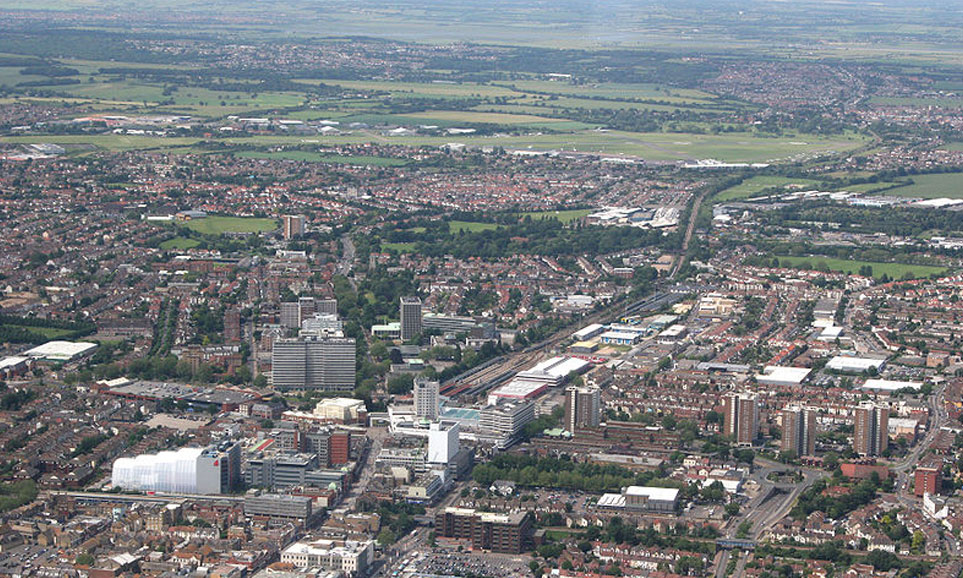
Why do towns need to understand commercial sector investor returns and sentiment?
Understanding investor returns in commercial real estate is key to understanding the potential of places. Everyone recognises the need for investment in our towns and cities and this can only come from one of two sources – the public sector or the private sector.
For the public sector a core source of finance is from the Public Works Loan Board (PWLB) where Councils can borrow funds at low rates for long periods. Until last month councils could borrow at a rate of 80 basis points (bp) above Gilts but as of 9th October 2019 this has increased to 180bp. This clearly increases the cost to councils but also potentially increases complexity as this new rate is at a level where raising private debt might be preferable. This raises a number of interesting scenarios of economic and political significance!
The enthusiasm of councils to borrow has probably driven this hike as in August and September alone councils borrowed £2bn and £1.6bn respectively. The highest months of debt raising on record. There has been much news in the press on councils acquiring shopping centres or strategic sites in towns. The extent of this investment is seen in official data from the Ministry of Housing, Communities and Local Government which reveals that councils invested £4.43bn in the financial year to March 2019 which is up 8% from the previous year which was £4.1bn and significantly more from 2017 where it was £2.92bn. Not insignificant when you consider that the market capitalisation of British Land is £5.48bn.
Spelthorne Borough Council (Staines) has been most cited having borrowed c.£1bn from the PWLB in the last three years which was based on a strategy of ‘funding programme being financed in part by the acquisition of commercial income generating assets, which was financed by borrowing from the PWLB in the form of low fixed rate loans’. Spelthorne’s income from rental properties for 2018/19 was £39.6m, compared with the £18.8m interest it is paying on its borrowing.
The most recent quarterly results from MSCI for Q3 2019 illustrate, in part, how the institutions (many of which own commercial property to create a return for our pensions) are behaving and what returns they are seeing from commercial real estate. In the UK MSCI capture data on 8,821 assets which currently equates to £158.5bn. Of this nearly a third is retail at £51.2bn.
Historically, commercial real estate has provided good returns to investors and if you take the MSCI 5 or 10 year view it shows a positive picture for UK commercial real estate;
Ten-year returns (Source MSCI)
All Property – 9.7%
Equities – 7.6%
Bonds – 5.3%
The one-year view is somewhat different;
One-year income returns (Source MSCI)
All Property – 2%
Equities – 2.8%
Bonds – 10.3%
Within property over the last year it is industrial property that has seen the greatest slowdown from 4.8% in June 2018 to 1.6% in September 2019. Included within this sector are logistics warehouses. All property slowed from 1.7% to 0.2% in the same period.
Retail total returns 12 months ago were 5.6% but have dropped to 1.6% in the last quarter. Within retail the greatest decline was retail warehousing (out of town retail) where total returns over 12 months are -7.9% and show no slowing with the last quarter figure being -2.6%.
Total returns (Source MSCI)
Q3 2019 12 months
Retail 1.6% 5.6%
Residential 2.3% 6.2%
Industrial 1.6% 8.5%
Offices 1.1% 4.8%
As we have reported in the past the change in UK leasing structures is significant for investors as long-term income in a time of low capital growth is hard to come by. MSCI analyses rents across its database and reports on those where the rent is above market value. This is called over renting and the most significant sector that is over rented is retail which should not surprise you.
Over rented leases as at Q3 2019 (Source MSCI)
All Property 6.7%
Retail 10.2%
Office 4.2%
Industrial 3.3%
Unexpired lease terms (excludes long leases over 30 years) is another data point on structural change in the market. Of note is the overall reduction over time and by way of example with regards retail this has reduced from 10.5 years in March 2008 to 7.2 years in September 2019. A more in-depth view of retail warehousing shows a reduction in the unexpired lease term from 13 years ion March 2008 to 6.7 years on September 2019. Factor in non-institutional grade property and this figure is likely to reduce further nearer five years. The rate of churn ion leases is therefore on the rise which means having accurate data that you can easily analyse and interpret is key.
Unexpired lease terms as at September 2019 (Source MSCI)
All property 7.9 years
Retail 7.2 years
Office 6.6 years
Industrial 6.6 years
Whilst local authority investment activity has increased significantly activity levels from institutions have decreased significantly which impacts the breadth of data available especially for valuations. By way of example in September 2001 25% of retail assets saw activity whilst in September 2019 this was just 5%. The peak was in 2005 when retail activity levels reached 37%. In Q3 2019 it was reported that there were just 55 retail retails across a portfolio of over £51bn.
Having an understanding of these changes across the commercial and residential property markets is key to understanding how to manage and evolve our towns and cities. The slow-down in retail warehousing, the rise in their vacancy rates reported by the Local Data Company and the wider weak consumer confidence illustrate how it is important to understand the data, often from multiple sources, in order to support effective and realistic decisions for our place or organisation.
We have an urgent need to repurpose our towns and financial investment is required but to be successful we need a combination of public and private sector investment based on a strong vision, strategy and plan that is understood, measured and supported by all. With the government announcing c.£3bn of funding to towns and cities then now is the time to seize the opportunity to create places for people and there needs and not just shopping destinations. Together we will achieve more!
Understanding economic return which this article focuses on is but one of the criteria you should be evaluating. The others are social and environmental capital – the intangible assets! A topic which will be addressed separately.
“Look at market fluctuations as your friend rather than your enemy; profit from folly rather than participate in it.” Warren Buffet






Leave a comment: